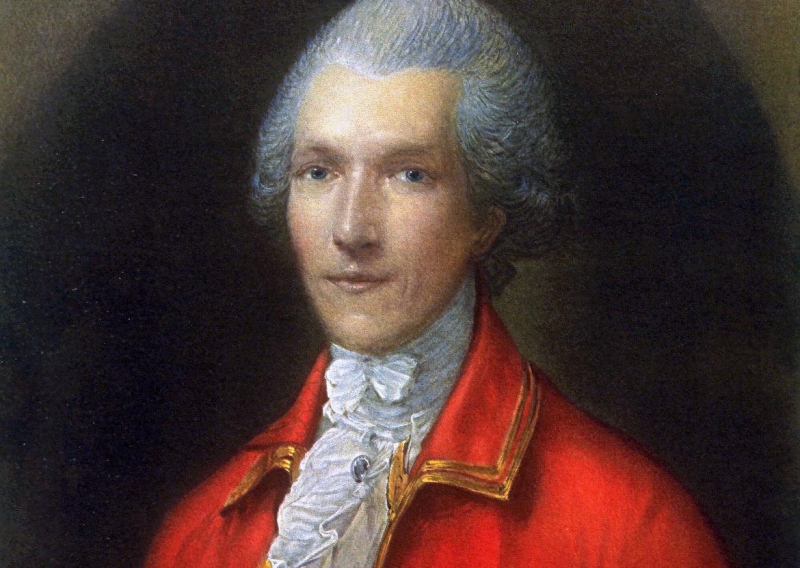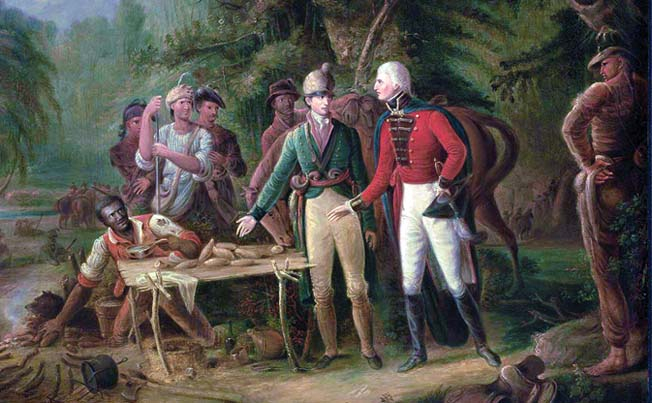Francis Marion
From 1757, Francis Marion fought in the French and Indian War. He was commissioned as a captain in the 2nd South Carolina Regiment when the American Revolutionary War broke out. During the British Siege of Charleston in 1776, he assisted in the defense of the city. Marion was promoted to lieutenant colonel in the Continental Army for his role in the battle. He fractured his ankle in an accident in March 1780 and had to leave Charleston. When the city fell to the British on May 12, 1780, this worked to his advantage. Marion formed a small unit, which numbered between 20 and 70 soldiers at the time. In South Carolina, this corps became the only source of resistance against the British. Marion used guerrilla warfare techniques to harry the British, terrifying them with fast surprise attacks and equally quick retreats to the region's wetlands. At Great Savannah, his soldiers ambushed a British barracks and released 150 American prisoners, which was their first big victory. Marion relentlessly attacked the British as they tried to take South Carolina.
Marion assaulted and destroyed a force of Loyalist troops in the Battle of Black Mingo in September 1780. General Cornwallis was enraged by Marion's tactics and dispatched Banastre Tarleton to kill Marion's unit. "As for this accursed old fox, the Devil himself could not catch him," Tarleton said after unsuccessfully following Marion's forces for 7 hours over 26 miles. Francis Marion became known as "The Swamp Fox" as a result of this. Marion was promoted to brigadier general and saw action in numerous successful engagements, including the Siege of Fort Watson, the Siege of Fort Motte, and the Battle of Eutaw Springs. Francis Marion is regarded as one of the founding fathers of modern guerilla warfare, and his popularity in the United States remains high.
Lifespan: 1732 – 1795
Nationality: American












